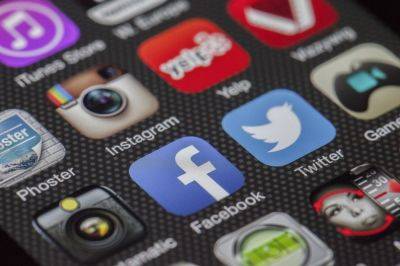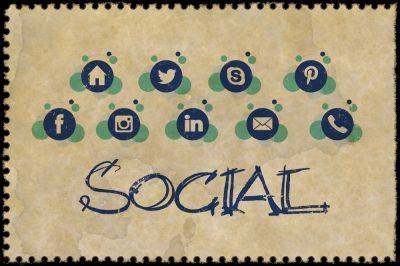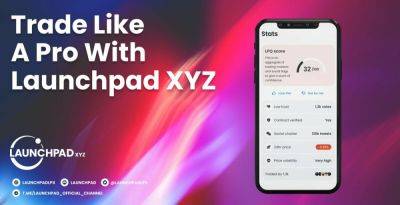Consumer loyalty is waning: Web3 could bring it back
Consider what it means to be a sports organization in 2023.
Is the success of their brand simply a parallel to the quality of each team’s performance, how proficiently an organization advertises their events and merchandise to their fans or simply defined by community, where consumers gather around the products and services that speak to each fan’s individual interests?
It is in fact all of these things, and so much more.
Since the 1960s and with the gradual advancements in advertising, our perception of what it means to rally around a brand or organization has changed. With the highly saturated markets of the 21st Century, each organization has to work extra hard to achieve consumer loyalty.
The customer loyalty and engagement market is estimated to reach a value of $18.2 billion by 2026. At the same time, consumers are feeling the effects of a worsening economy, and a recent poll found that 60% of those asked said they were concerned about the rising cost of living. Furthermore, ongoing supply chain issues and lack of inventory increased costs and decreased consumer spending.
For example, the auto industry has seen their loyalty numbers drop to below 50% last year, with many customers willing to jump to another automaker when their existing preference wasn’t available or the cost became too high. This highlights how it’s more important than ever for brands to understand their customers via programs that are easy to access and offer clearly defined benefits upfront.
Understanding and nurturing fan loyalty may be even more essential in the sporting world than in most industries. Fortunately, Web3 technology provides a powerful way to unlock understanding of fan loyalty without these organizations having to rely on a third
Read more on cointelegraph.com






















